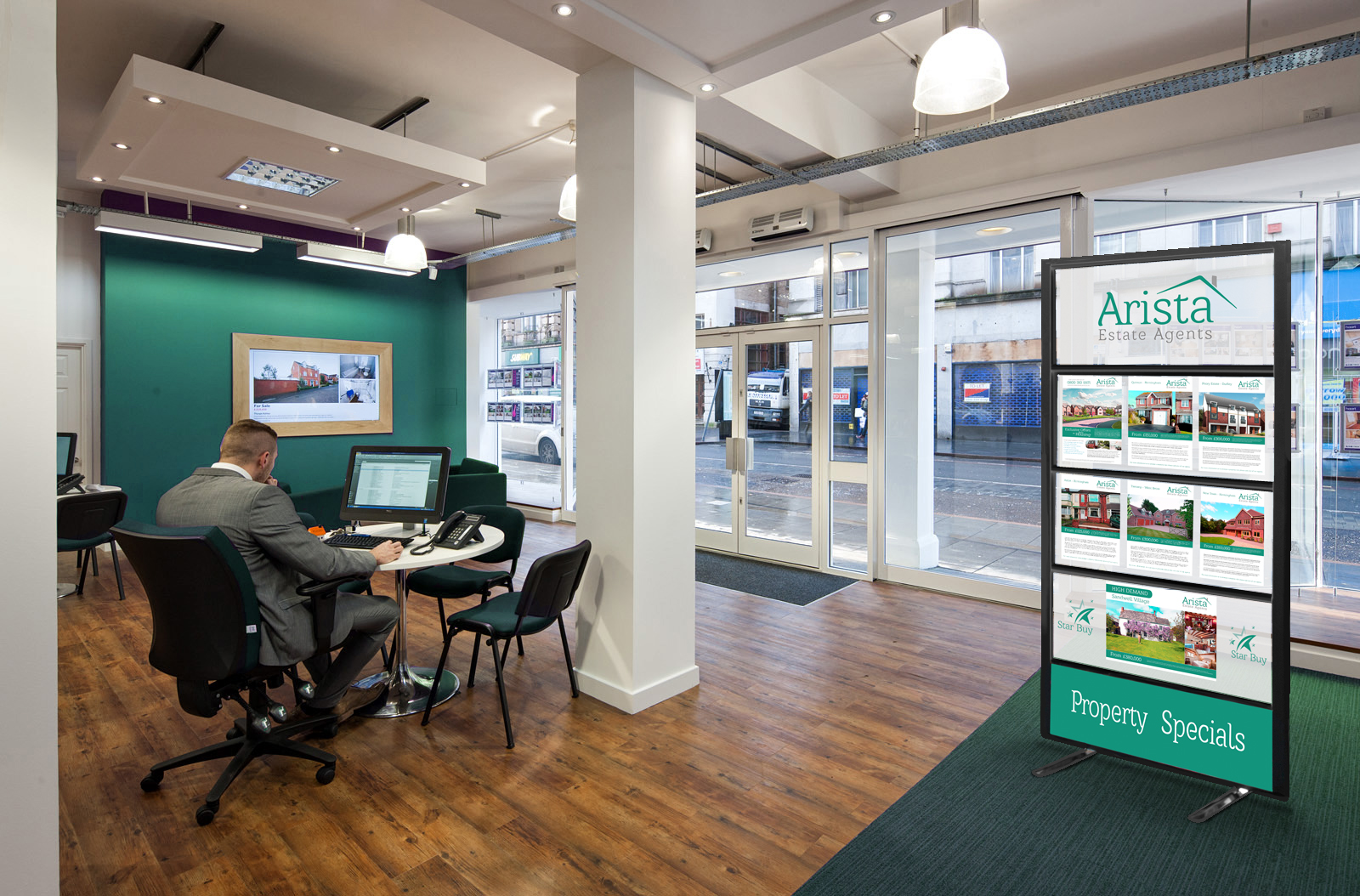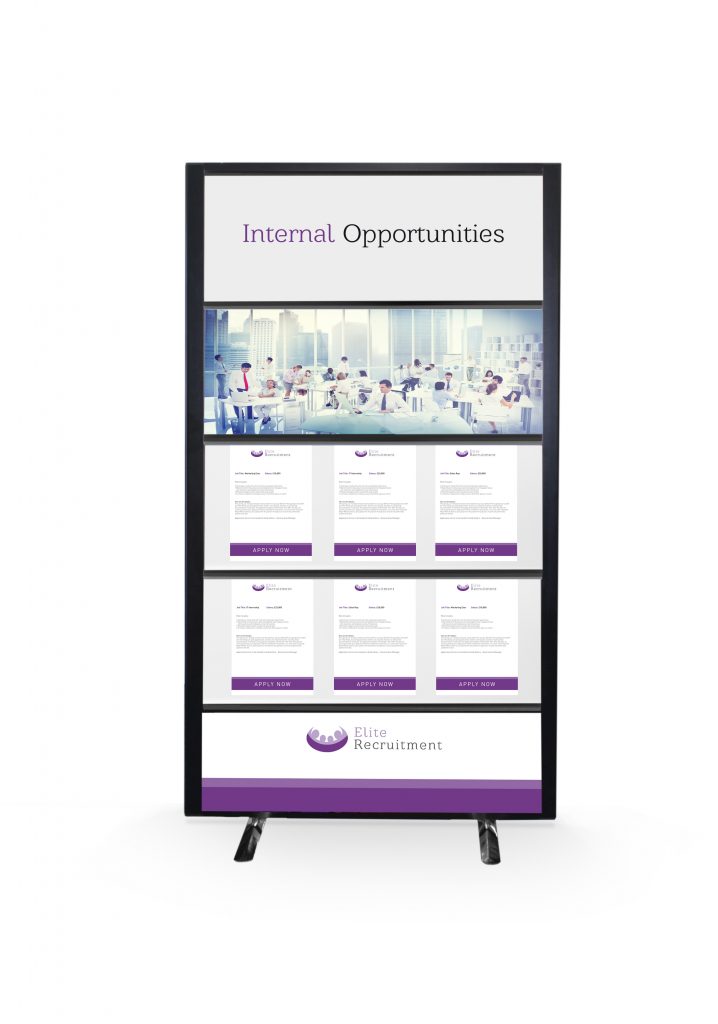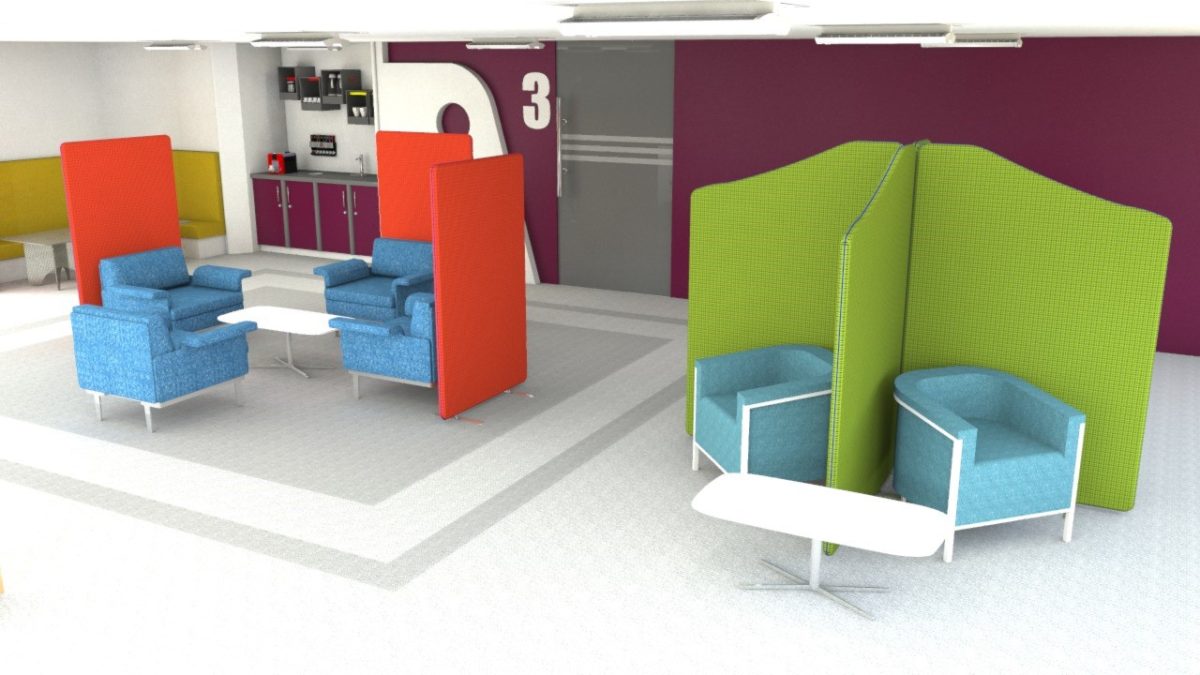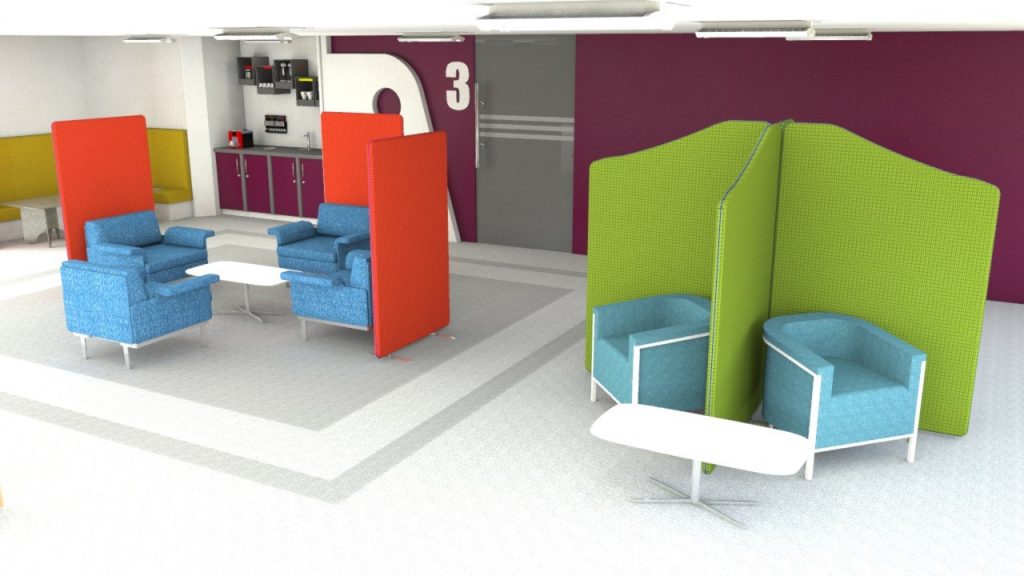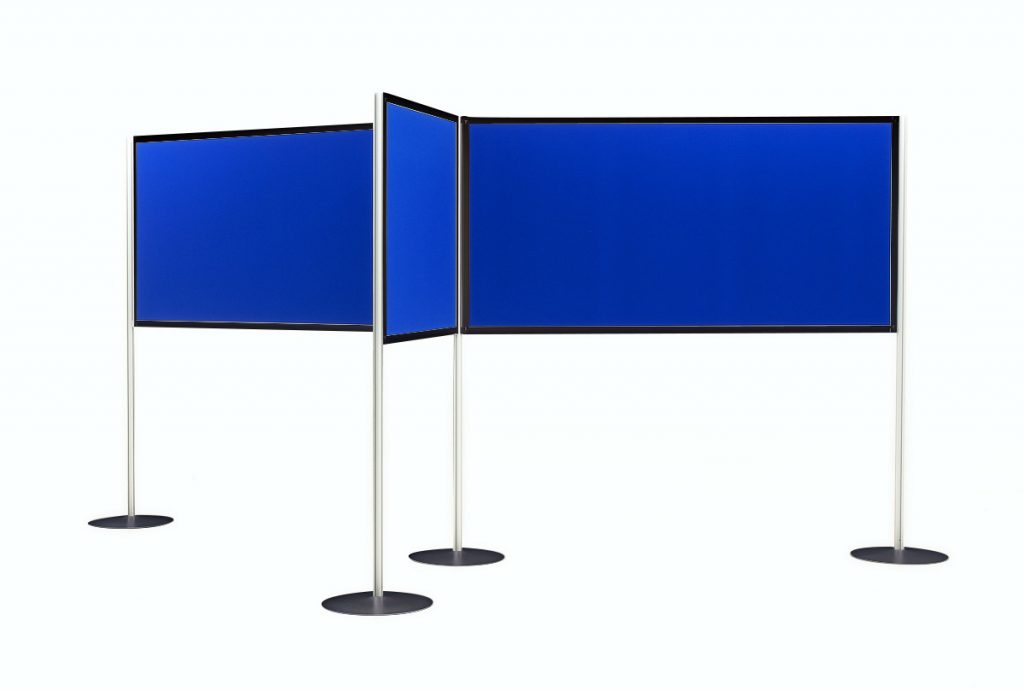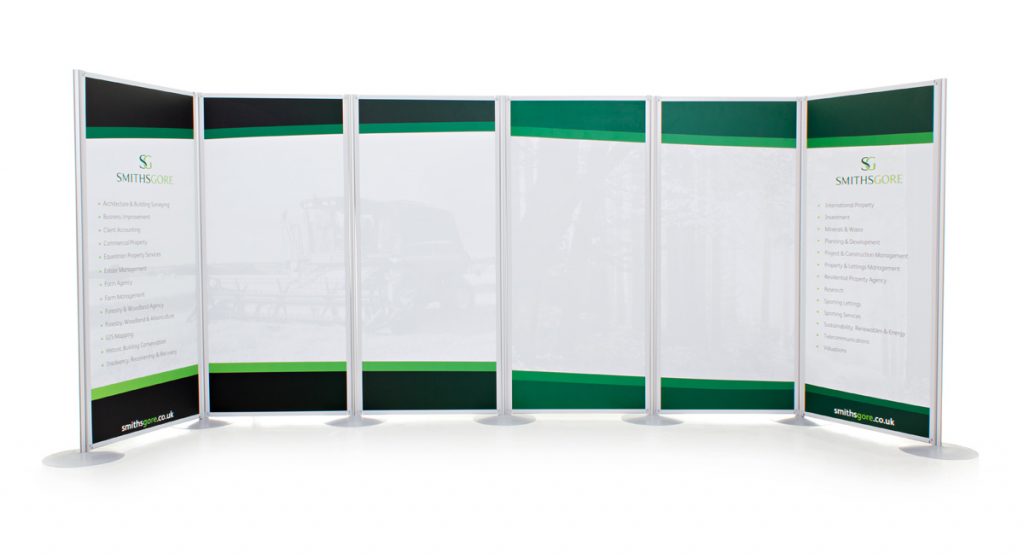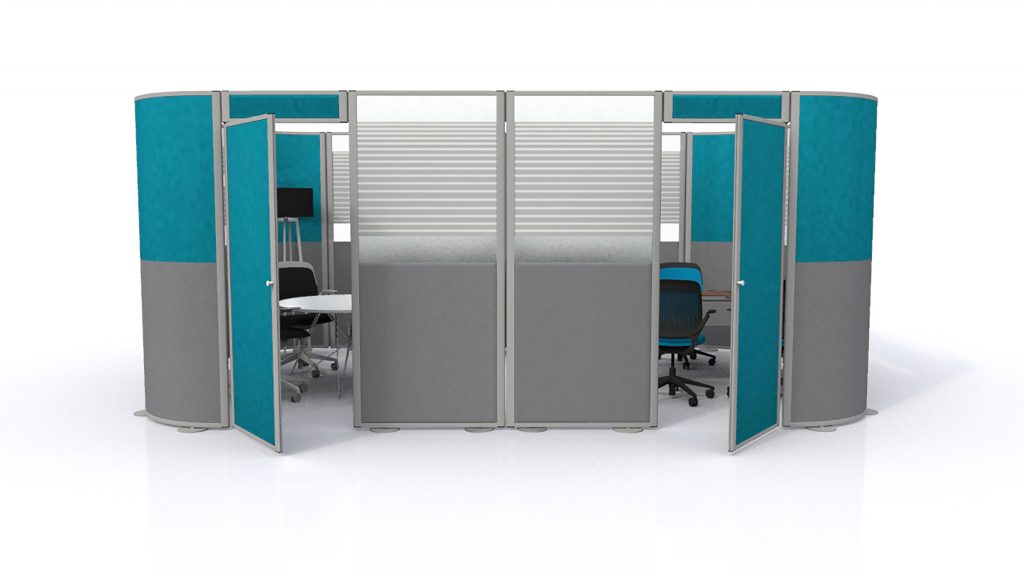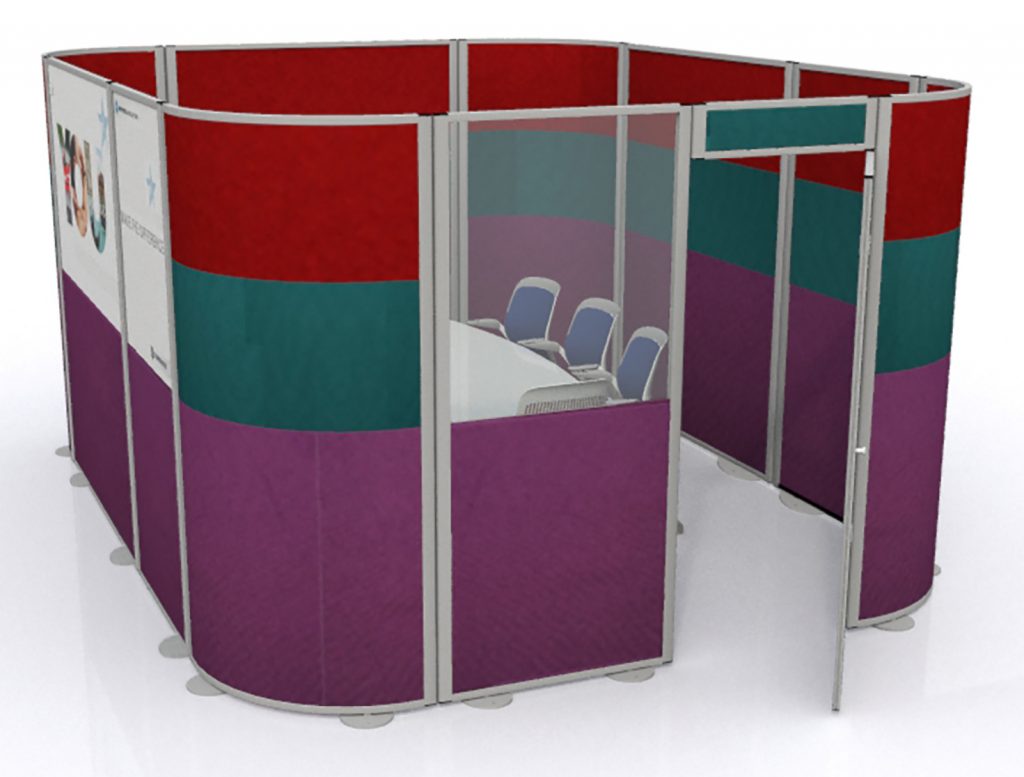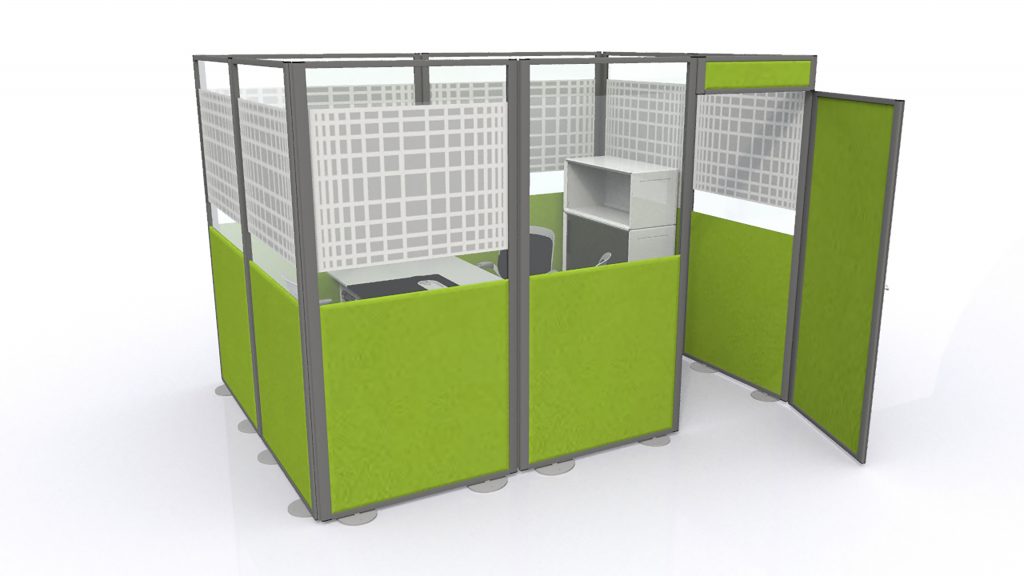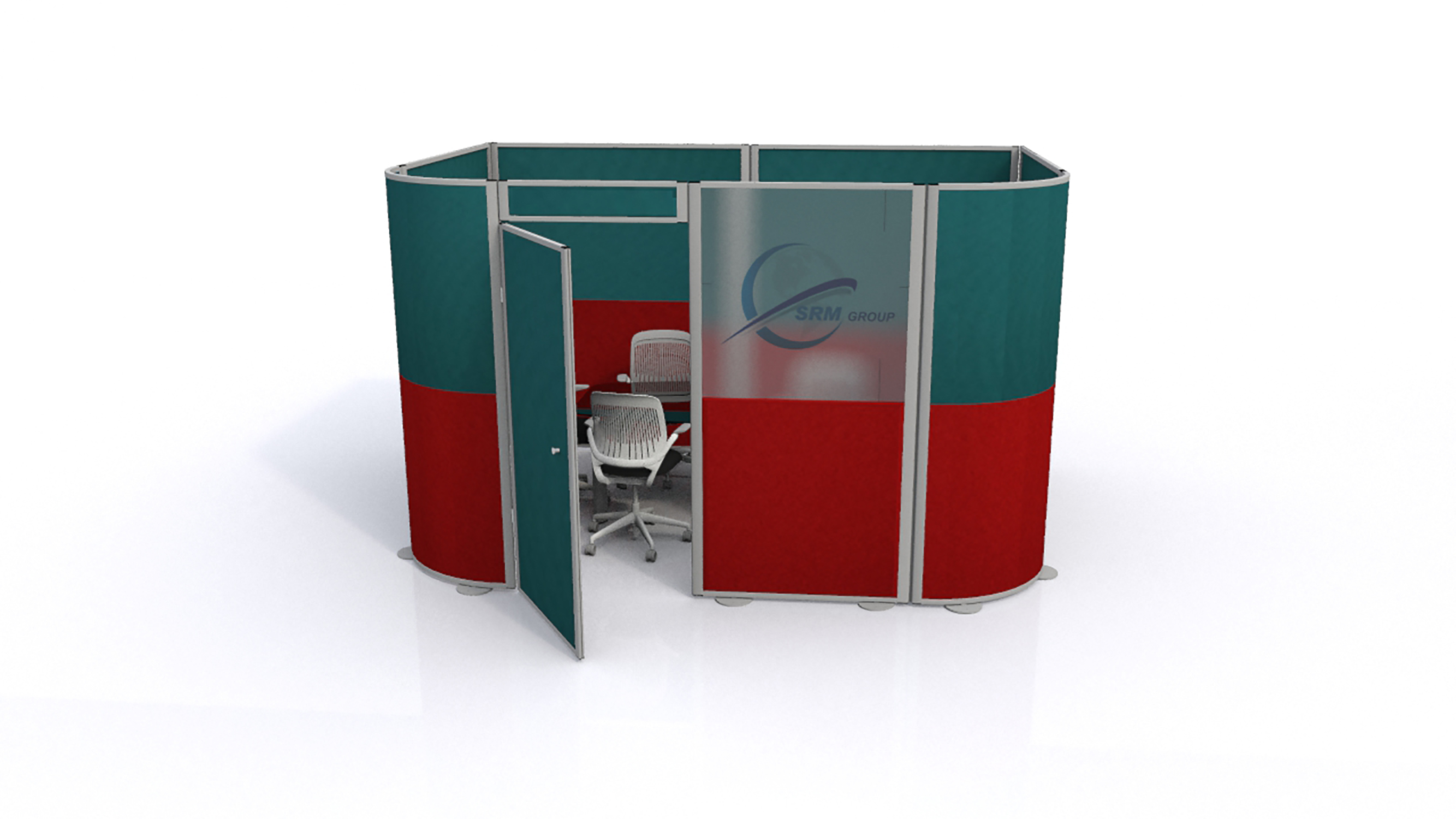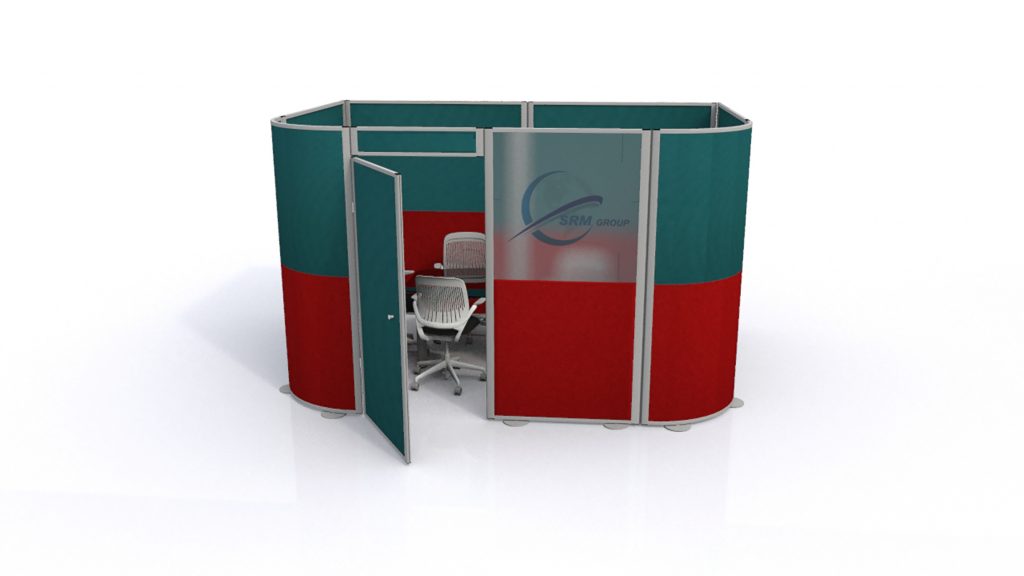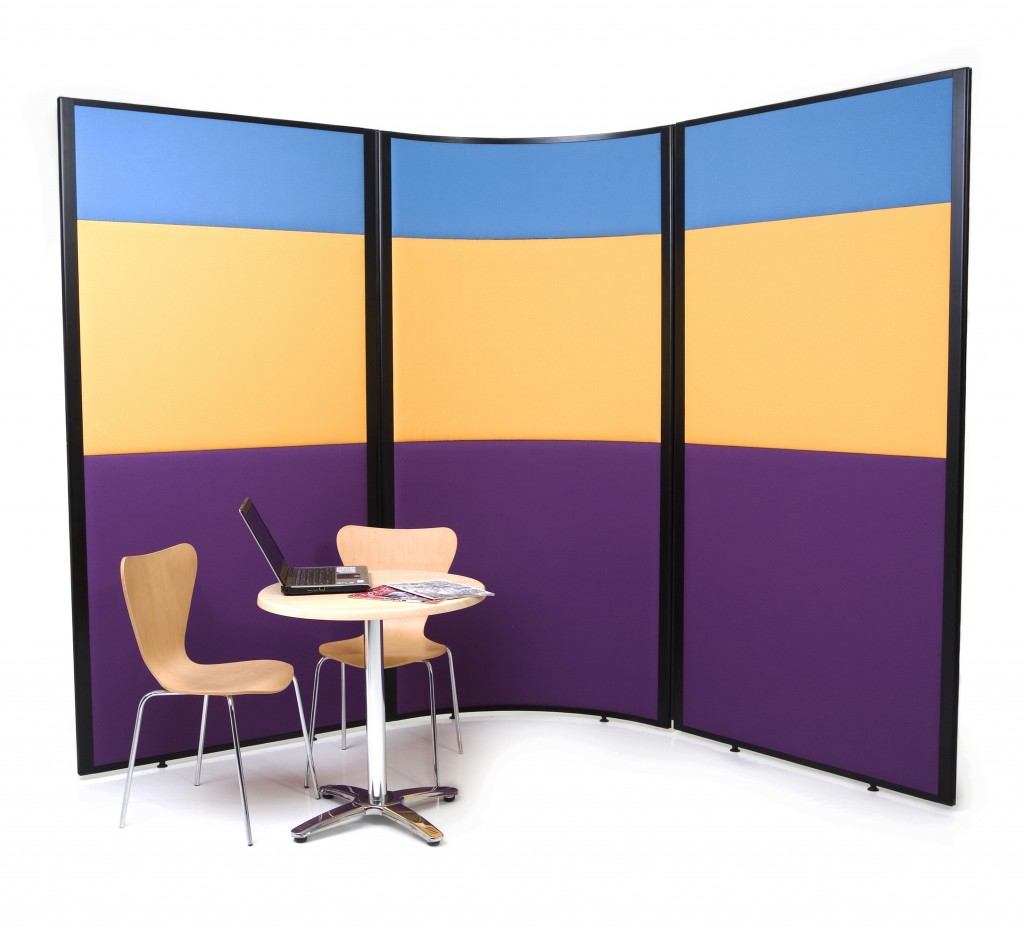The Latest Evolution of the Notice Board
Notice boards should be something which we can be proud of. The freedom to completely customise them is what has made them such a staple addition to so many environments over the years. Unfortunately, the pinnable style, which we have become so accustomed to is gradually becoming outdated. Although, notice boards still provide a necessary service, which means they need to adapt to modern public places. For example, they need increased flexibility, which is a key factor for adaptable workplaces, offices and reception areas.
This is where the Clippy Notice Board comes in. It enshrines simplicity and flexibility at the core of the design. It is easy to move, features a professional appearance and provides freedom to customise, making it a natural successor to pinnable notice boards. Below you can discover the thinking behind the design and how it has been tailored for a variety of modern environments. There are even comparisons throughout with the more traditional pinnable notice board to help when deciding between the two.
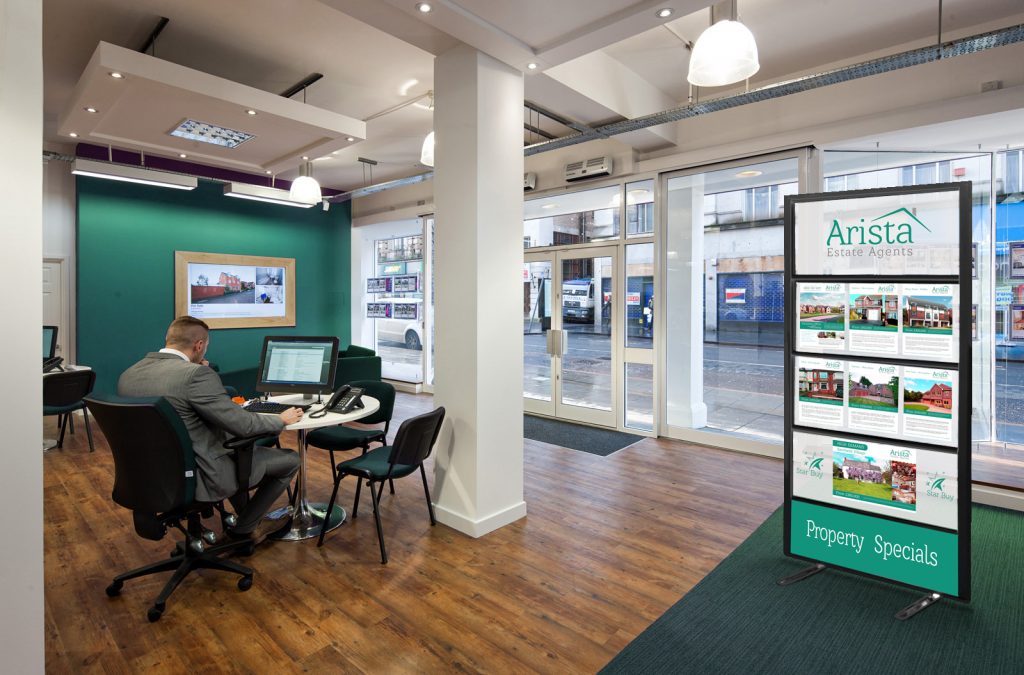
The Basics: Design
The design of the Clippy Notice Board was developed around what has made its pinnable counterpart so successful. To that end, it can be customised in a variety of ways of the grip strips. These allow posters, leaflets and any lightweight material to be added without sticking pinholes through all of them. While the linear design lacks some of the freedom which you may find with its predecessor, it more than makes up for it in other departments.
For example, one of the main benefits is that the Clippy Notice Board is free-standing. Within the design is a robust yet lightweight core, which ensures they are easy to move and can adapt to any space. In particular, this makes the Clippy Notice Board ideal in busy environments, where they can be re-positioned and placed in the optimal position to be noticed. For the hospitality sector as well as businesses, this can become extremely useful when directing guests to meeting rooms and function areas.
To compliment this, the appearance of the Clippy Notice Board is tailored to be more professional as well as easier on the eye. For example, the top and bottom panels of the notice board can be customised with high-quality graphic design to promote branding as well as highlight the key content of the board. The result is a display which is more structured and organised than the pinnable counterpart. This ensures it excels when grabbing the attention of passers-by.
The Benefits of the Clippy Notice Board
To expand on that earlier point about positioning – the location of the notice board is crucial for getting the message across. We can all dream of designing the perfect display, but if it is going to get shunted to the back of the room, then it is not going to get the attention it deserves. For pinnable notice boards, this is a common drawback as all too often they end up just fading into the background.
The combat this, the Clippy Notice Board is equipped with two free-standing feet, which allows it to be deployed in any open indoor area. This positioning when combined with a clear and concise design guarantee that attention is drawn towards the content, and therefore helps to deliver any notices and announcements.
The limited options to be creative may be seen as a drawback, but in fact, there is some solid reasoning behind this decision. By keeping the core of the design the same – structured and organised, this helps to make content easier to view on the eye. Often, many pinnable designs are overcrowded with hundreds of fantastic ideas which can unfortunately drown out many of the key points being made. With the Clippy Notice Board, the appearance is kept clear and concise, delivering messages and notices to their target audience.
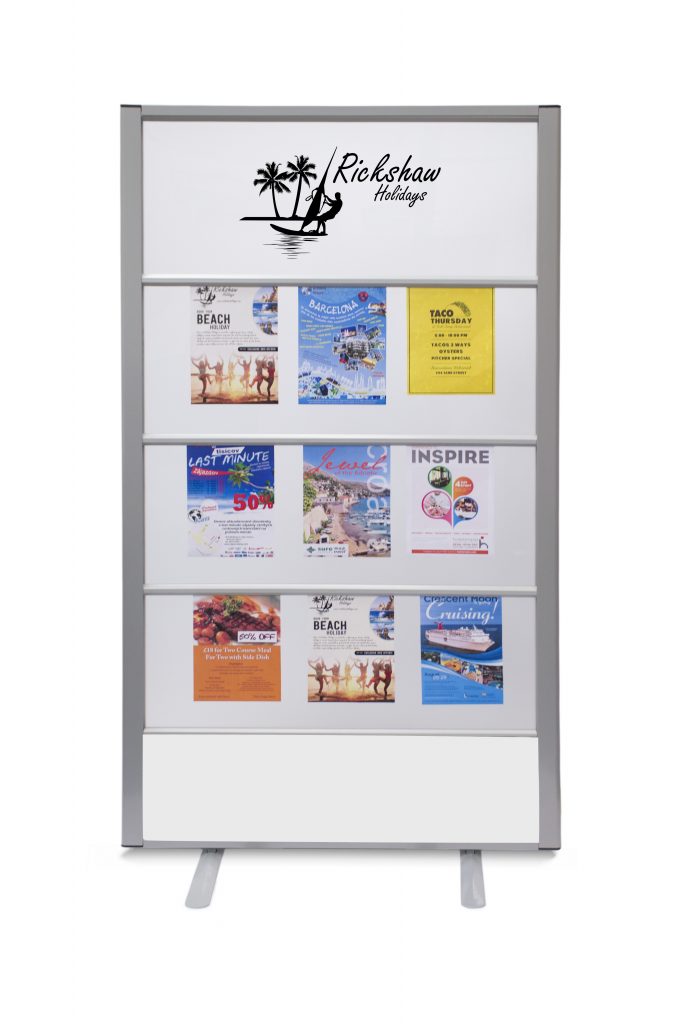
The Clippy Notice Board is designed and manufactured by Rap Industries. We have been creating bespoke office partitioning and notice boards for over 40 years. Throughout that time, our designs have developed to meet the shifting needs of the modern workplace. For more information on this notice board as well as other products we manufacture, please call 01733 394941 or send an e-mail to sales@rapind.com.
